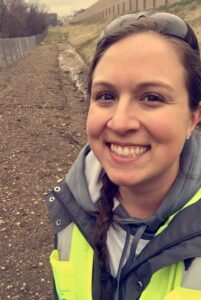The Wisconsin Department of Natural Resources (DNR) will host Remediation and Redevelopment External Advisory Group (RR EAG) subgroup meetings on Thursday, Dec. 5, 2024.
The RR EAG was formed to address a broad range of issues, encompassing both technical and policy topics related to encouraging the investigation, cleanup and redevelopment of contaminated sites in Wisconsin.
The RR EAG identifies issues and topics of interest that may be addressed by ad hoc subgroups. Subgroup members are expected to research and develop recommendations on the selected topics for presentation to the full group. RR EAG subgroup meetings are open to the public. Interested individuals may attend in-person or register to attend by zoom.
Location:
State Natural Resources Building (GEF 2)
Room G27A
101 S Webster St.
Madison, WI
In-person attendees should RSVP to Coreen Fallat by noon on Dec. 4, 2024, at CoreenR.Fallat@wisconsin.gov. Please check in at the security desk before taking the elevator.
When:
10 – 11:30 a.m. – RR EAG Funding Sustainability Subgroup;
Zoom attendance registration.
Noon – 1:30 p.m. – RR EAG NR 700 Subgroup;
Zoom attendance registration.
2 – 3:30 p.m. – RR EAG Vapor Intrusion Subgroup;
Zoom attendance registration.
3:45 – 4:30 p.m. – RR EAG Ad Hoc Meeting on Engagement;
Zoom attendance registration.
Visit the DNR’s RR EAG webpage for meeting agendas, materials and additional information. Subscribe for updates on future RR EAG meetings.

